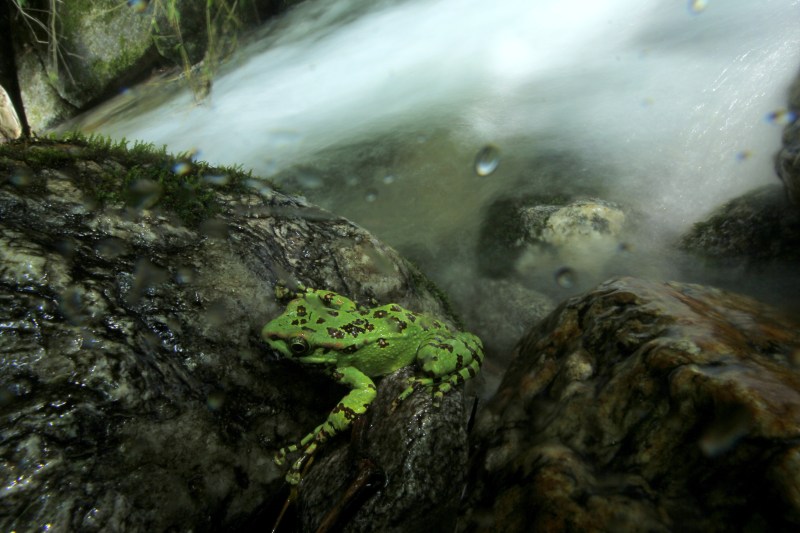
Photo by Naitik Patel
Globally, 41% amphibian species are regarded as threatened with extinction. However, when it comes to the case of India, the majority of the species falls in the Data Deficient group, according to the criteria of the International Union for Conservation of Nature‘s (IUCN) Red List of Threatened Species.
This means that we hardly have any population data for Indian amphibians, which leads to a serious conservation bottleneck, especially when you are dealing with elusive herpiles. Therefore, there is the pressing priority to obtain demographic trends to prompt and support conservation actions for endemic and habitat-dependent species.
While demographics of natural populations is best estimated with the mark-recapture technique, used in animals, where individuals have distinct body markings, such as the stripes in a tiger, the dots in a whale shark and the fingerprints in a human. In the meantime, while frogs are well known for their individual-specific markings and colour patterns, this kind of technique has never been used in amphibians, even though they have long been recognised as some of the most vulnerable animals on Earth.
On the other hand, it is hardly possible to capture and mark individual frogs in the wild. So, Naitik Patel and Dr Abhijit Das of the Wildlife Institute of India came up with one of the very first non-invasive approaches to identify individual frogs using photos from their natural habitats, which are then processed with the animal recognition software HotSpotter. Their unique method is described in the open-access, peer-reviewed scientific journal Herpetozoa.
“Capturing each frog is not possible in the field, so to address this problem, we conducted a short study on Beautiful stream frogs (Amolops formosus), a species that, just like many other amphibians, has variable body markings amongst individuals. As this species inhabits the Himalayan torrent stream, which is difficult to access, we tried our best to photograph each frog from a distance to avoid any kind of physical contact,”
explains Naitik Patel, a PhD student at the Wildlife Institute of India.

Photo by Abhijit Das
Having concluded their study with a success rate of 94.3%, the research team is hopeful that their protocol could be effectively implemented in rapid population estimation for many endangered species of frogs.
“We conducted photographic documentation to capture the unique markings of each frog, and then compared them, using computer-assisted individual identification. With this method, the number of individuals can be counted to estimate the population structure. This study is exceptional, owing to the minimal disturbance it causes to the frogs. Such a technique has rarely been tried on amphibians and is a promising method to estimate their numbers. It can also be used in citizen science projects,”
comments senior scientist Dr Abhijit Das.
###
Original source:
Patel NG, Das A (2020) Shot the spots: A reliable field method for individual identification of Amolops formosus (Anura, Ranidae). Herpetozoa 33: 7-15. https://doi.org/10.3897/herpetozoa.33.e47279







